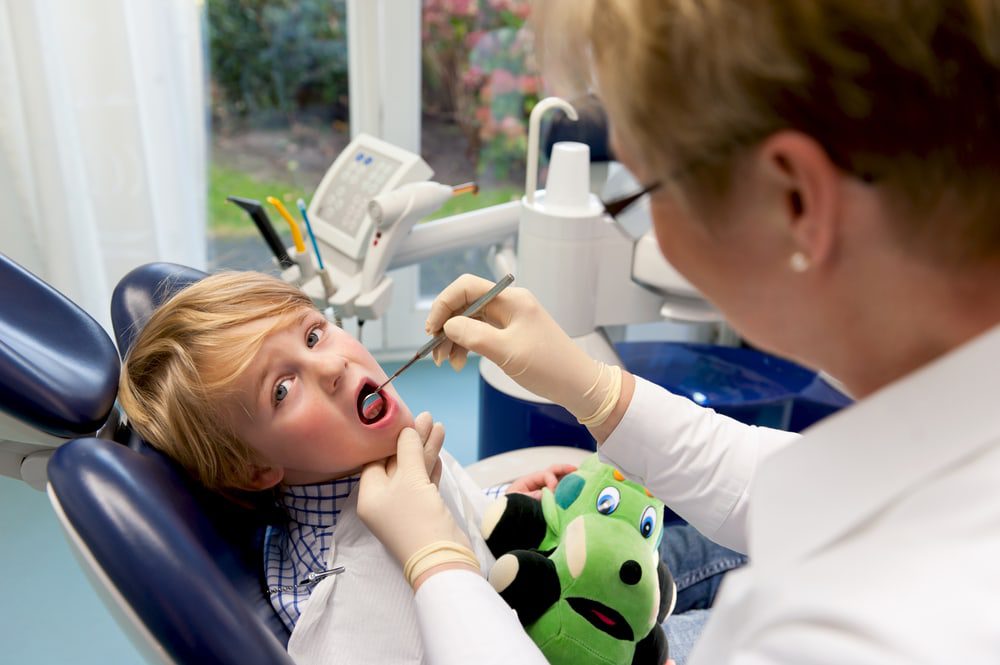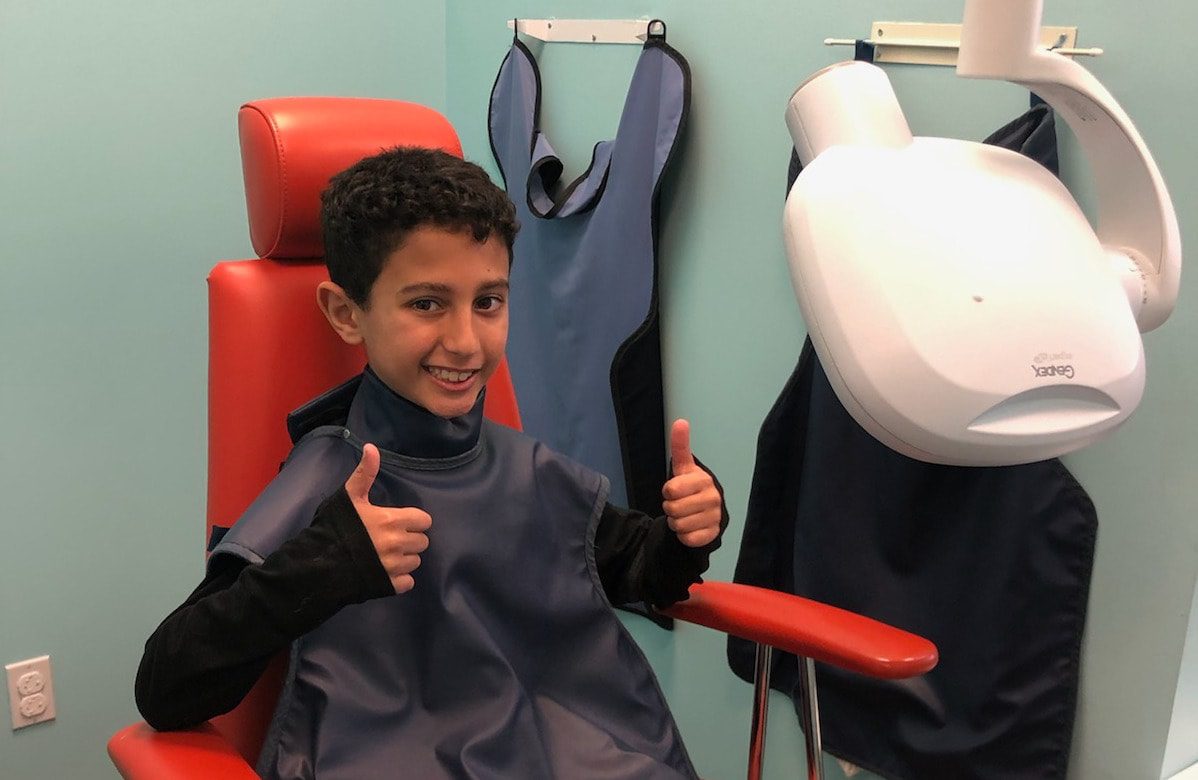If your child complains of a toothache and he or she doesn’t have a fever or facial swelling, it’s usually not an emergency. But that doesn’t mean it isn’t serious, especially as far as you and your child are concerned. Here are some steps you can take to help diagnose the cause of the pain. It starts with asking your child for help:
- Figure out exactly where the pain is coming from
- Find out how long they’ve been feeling the pain
- Find out if there’s been a recent injury to any teeth or the mouth
- Check for obvious damage
Children can’t always accurately tell us what is wrong, so if you can’t figure it out, your dentist should evaluate any tooth pain that doesn’t resolve itself in a day. If the cause is a dental problem, it will likely become worse if left untreated.
The most common cause of dental pain is tooth decay
Your dentist can examine the tooth or teeth for any obvious signs of decay such as brown spots or tiny holes. The dentist will also look at your child’s gums and the inner areas of the mouth to see if there are any sores or swelling. Swelling not related to an injury could mean the presence of an abscess from a nerve infection caused by tooth decay.
A food particle caught between the teeth could be the cause of pain
Help your child floss on both sides of the tooth that is hurting. This may free a food particle that might be stuck, causing uncomfortable pressure and even pain.
Here are some things you can do to temporarily ease your child’s pain until you can get him or her to the dentist:
- Give ibuprofen or acetaminophen according to your child’s age and weight.
- Clean between the teeth to remove debris.
- Apply an ice pack against the jaw, on and off for a few minutes at a time, especially if there is swelling.
Even if you’re able to relieve your child’s toothache, you should have a professional double-check your diagnosis to make sure the problem the right solution is identified.




